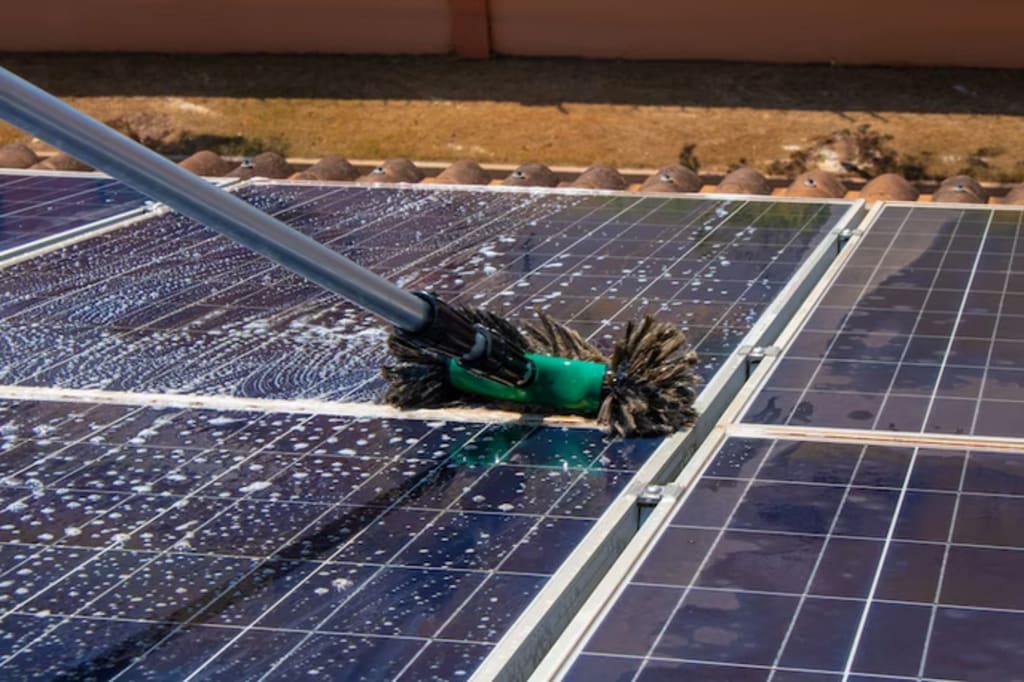Shining a Light on Solar Panel Disposal: Sustainable Solutions for a Clean Energy Future
solar panel disposal

Introduction:
The widespread adoption of solar panels has contributed significantly to the transition towards clean and renewable energy sources. As the demand for solar energy increases, it becomes imperative to address the issue of solar panel disposal and its environmental impact. This article aims to shed light on the challenges associated with solar panel disposal and explore sustainable solutions for a clean energy future.
1: The Challenge of Solar Panel Disposal
1.1 Growth of the Solar Industry
The solar industry has experienced remarkable growth in recent years, with installations increasing rapidly. As a result, the number of decommissioned solar panels is expected to rise significantly in the coming years.
1.2 Composition and Environmental Impact
Solar panels are primarily made up of materials such as silicon, glass, aluminum, and various metals. While these materials are relatively harmless during the panel's lifespan, improper disposal can lead to environmental pollution due to the presence of toxic substances like lead and cadmium.
2: Current Disposal Methods and Their Limitations
2.1 Landfilling
Landfilling is the most common method of solar panel disposal. However, this approach poses significant environmental risks, as toxic materials can leach into the soil and water, causing long-term damage to ecosystems.
2.2 Recycling
Solar panel recycling presents a viable alternative to landfilling. The process involves separating and recovering valuable materials, reducing the environmental impact. However, the current recycling infrastructure is not well-developed, resulting in low recycling rates.
3: Sustainable Solutions for Solar Panel Disposal
3.1 Improved Recycling Infrastructure
Investments in research and development can drive the advancement of recycling technologies and infrastructure. By creating efficient and cost-effective recycling processes, we can maximize the recovery of valuable materials from decommissioned solar panels.
3.2 Extended Producer Responsibility (EPR)
Implementing Extended Producer Responsibility policies can hold solar panel manufacturers accountable for the entire lifecycle of their products. This would encourage manufacturers to design panels with easier recyclability in mind, promoting a circular economy and reducing waste.
3.3 Second-Life Applications
Exploring second-life applications for solar panels can extend their useful lifespan. For instance, repurposing decommissioned panels for other applications like solar-powered water pumping or off-grid installations can delay their entry into the waste stream.
FAQs:
Q1: Why is solar panel disposal a concern?
A1: Solar panel disposal is a concern due to the increasing number of decommissioned panels and the potential environmental impact caused by their improper disposal, including the release of toxic substances.
Q2: What are the environmental risks associated with landfilling solar panels?
A2: Landfilling solar panels can lead to the leaching of toxic substances into the soil and water, posing risks to ecosystems and human health.
Q3: How does recycling contribute to sustainable solar panel disposal?
A3: Recycling allows for the recovery of valuable materials from decommissioned solar panels, reducing the environmental impact and promoting a circular economy.
Q4: What is Extended Producer Responsibility (EPR)?
A4: Extended Producer Responsibility is a policy approach that holds manufacturers responsible for the entire lifecycle of their products, including their disposal, encouraging them to design products with recyclability in mind.
Conclusion:
As the solar industry continues to grow, proactive measures are necessary to address the environmental challenges associated with solar panel disposal. By investing in improved recycling infrastructure, implementing Extended Producer Responsibility policies, and exploring second-life applications, we can pave the way for a sustainable and clean energy future.
In conclusion, addressing the challenges of solar panel disposal is crucial for a sustainable and clean energy future. By investing in improved recycling infrastructure, implementing Extended Producer Responsibility policies, and exploring second-life applications, we can mitigate the environmental impact and ensure the responsible disposal of solar panels.
About the Creator
Enjoyed the story? Support the Creator.
Subscribe for free to receive all their stories in your feed. You could also pledge your support or give them a one-off tip, letting them know you appreciate their work.





Comments
There are no comments for this story
Be the first to respond and start the conversation.